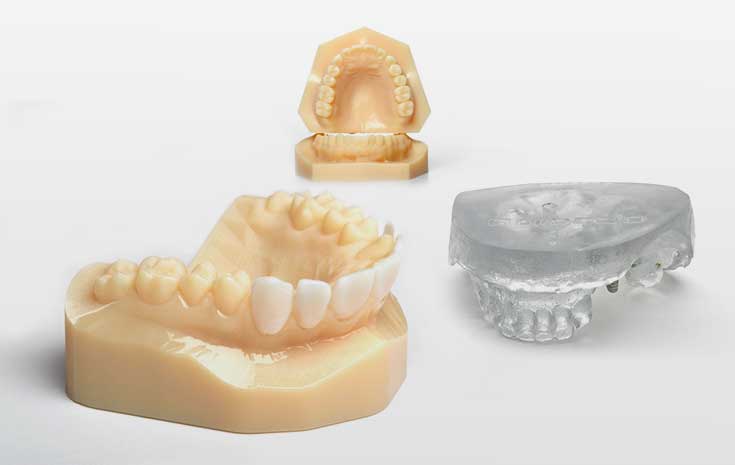The emergence of implants through 3d printing is one of the most advanced disciplines and in which some of the most attractive progress is obtained.
Currently, thanks to advances in technology, dental prostheses have become the best alternative to achieve good oral health. Through the important advances that are being experienced thanks to the appearance and rise of 3D printing.
Dental prostheses are artificial devices that are used to replace totally or partially lost original teeth, in order to recover the anatomy of the mouth. Another compelling reason are aesthetic reasons, since thanks to the inclusion of dental prostheses, the physical appearance of the patient is considerably improved. The dental prosthesis, has the objective of maintaining proper oral and general health. When it is not possible to repair or clean the tooth with fillings, it is necessary to resort to dental prostheses. Dentures can replace a single dental piece or the complete denture.
Currently, there are different types of dental prostheses, adapted to the needs of each patient.
- Fixed prostheses: they are those that cannot be removed by the patients themselves, that is, they must go to the dentist in case they want to remove them. (Crowns or fixed bridges, fixed prostheses on implants, hybrid prostheses on implants.)
- Removable prostheses: are those that can be removed by the patients themselves.
Currently, the dental sector is immersed in a true technological revolution thanks to the 3D printing of dental prostheses.
Thanks to the technology it uses, the 3D printer is capable of creating prototypes, part molds and tests with different materials. In this way, dentists can test in advance what are the most suitable materials and designs for each patient.
These dental prostheses have become a good option due to their special characteristics, such as:
- They are highly profitable prostheses, saving costs in all areas.
- They are produced in record time.
- They are durable and 100% resistant pieces.
- They are personalized prostheses.
This is the procedure for 3D printing applied to dental prostheses:
- Scanning: the dentist can scan them using an intraoral scanner or use the traditional plaster impression.
- Design: Once the 3D model has been obtained, the design begins to be modeled.
- Manufacture of 3D models
- Finally, we proceed to the manufacture of the final part.
Prior to the 3D printing process, it is necessary to perform a scan of the patient’s mouth using a computer-aided design program. Crowns, bridges, ceramic models and a wide range of orthodontic applications can be created quickly and precisely.
There are more and more applications that these new and innovative technologies are conquering within the dental sector. Therefore, it is very important to choose the right equipment.
https://dynapro3d.com/protesis-dentales-los-mejores-resultados-gracias-las-impresoras-3d/







